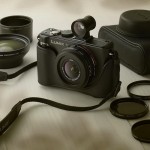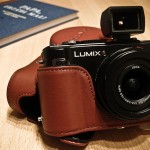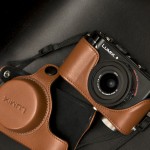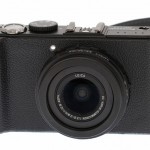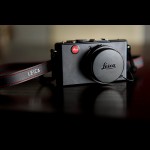
Almost 2 years ago, Leica introduced the D-Lux 4 compact digital camera. Their partner in the project, Panasonic, released the LX3 shortly after. The cameras are literal twins of each other – from a hardware standpoint, they are absolutely identical. There are minor firmware differences between the two, but most photographers claim little significant differences in the resulting photographs. However, the Leica version of the camera retailed for about $300 more than the Panasonic. That 300 bones got you a cleaner case and that great red Leica logo. I don’t know if I can argue against it…
In any case, both cameras are beautiful in their simplicity and classic designs. If ever a digital camera was going to be considered a “classic,” it would be the LX3/D-Lux 4. And it’s more than skin deep… These cameras were introduced as 10-megapixel backup cameras that a pro photographer could use as a back-up to his multi-thousand dollar DSLR. It’s small and easily pocketable, but still has all of the manual options that typical compact cameras do not. For some schmuck photographer that knows just enough, these cameras can do wonderful things.
When they were first released to market, the LX3 and D-Lux 4 were priced out of the normal guy’s range. However, they have started to come down in price and are now obtainable for around $350 for the LX3 and $500 for the D-Lux 4. If you are a into photography and want to EDC just about the best damn compact in the world (still by most accounts), now is the time to jump fellas. Mine is on the way.




